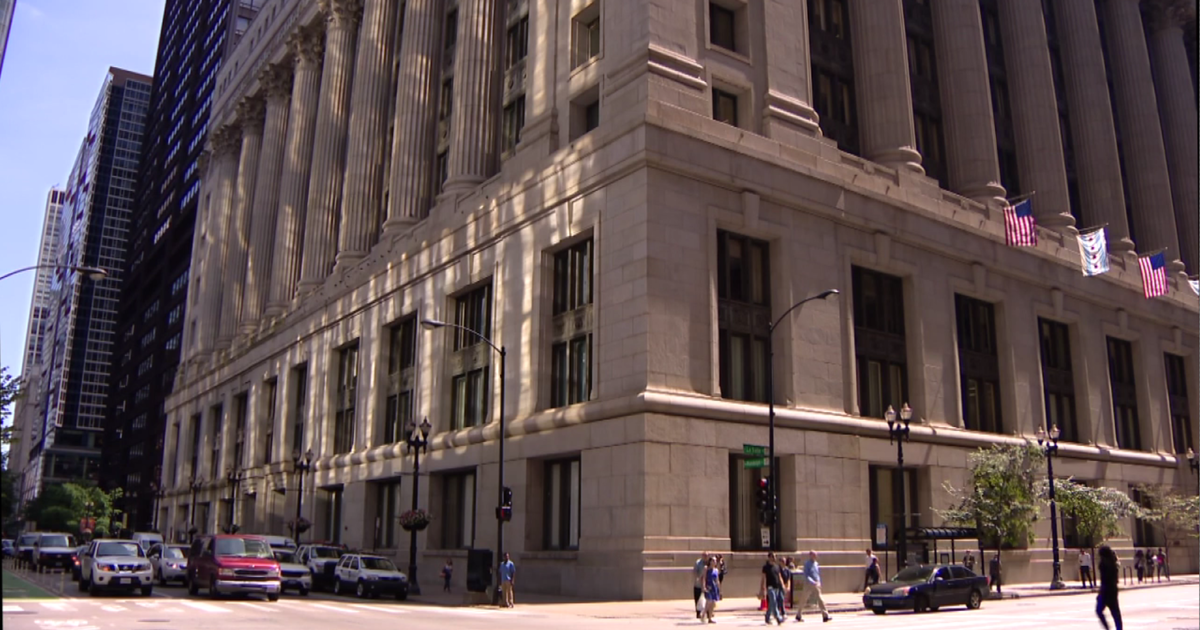Giant Electromagnet's 3,200-Mile Trek To Fermilab Nearly Finished
Giant Magnet Headed To Fermilab
LEMONT, Ill. (CBS) -- After a 3,200-mile, $3 million voyage – via the Atlantic Ocean, the Gulf of Mexico, and the Mississippi River – a giant superconducting magnet is almost at its new home at Fermilab.
Known as the Muon g-2 storage ring, the electromagnet will be used to study muons, subatomic particles with a lifetime of only 2.2 millionths of a second, in hopes of discovering subatomic particles hidden in the vacuum.
WBBM Newsradio's John Cody reports the 50-foot circular electromagnet – as sensitive as a 50-foot ring of glass – began its journey from Long Island on June 22.
Because it requires a rolling roadblock five lanes wide, it was first placed on a barge and shipped down the Atlantic Coast, through the Gulf of Mexico, then up the Mississippi River.
It was unloaded Saturday after the barge arrived in Lemont, in the Chicago Sanitary and Ship Canal.
Emmert International heavy movers will handle the shipping of the giant magnet from Lemont to Batavia.
It will begin its final land voyage Tuesday night along Lemont Road. It will be moved at night to minimize traffic disruption caused by the rolling roadblock that will take up five lanes of traffic.
Wednesday night, it will be shipped along I-355, north to Route 56. Thursday night it will travel Route 53 south to I-88 West, arriving Friday at Fermilab in Batavia. just in time for a welcoming party that afternoon.
Illlinois State Police, DuPage County Sheriff's police and other police agencies will escort the truck.
"We have ISP, we have DuPage County, and several of the local municipalities. We'll probably have 15 to 18 different police cars each night, escorting us," said Emmert International vice president Terry Emmert Jr.
He said the delicate, 17-ton ring can't be allowed to flex more than 2 millimeters – less than a tenth of an inch – and will travel no faster than 10 miles an hour.
Dr. Bradley Roberts, a Boston University physics professor helping lead the Fermilab experiment, said the massive magnet should be operational in about three years, when scientists hope to see if they've found hints of dark matter particles, for which they've been hunting for years.
He said the device will help measure, and maybe explain why muon magnetism seems to be slightly off by a theoretical value of two.
"That difference with two arises because of the virtual quantum particles fluctuating in and out of the vacuum, so they appear and disappear, but they change the muon's magnetism," Bradley said.
That might point to the existence of as-yet-undiscovered particles, maybe even dark matter.



